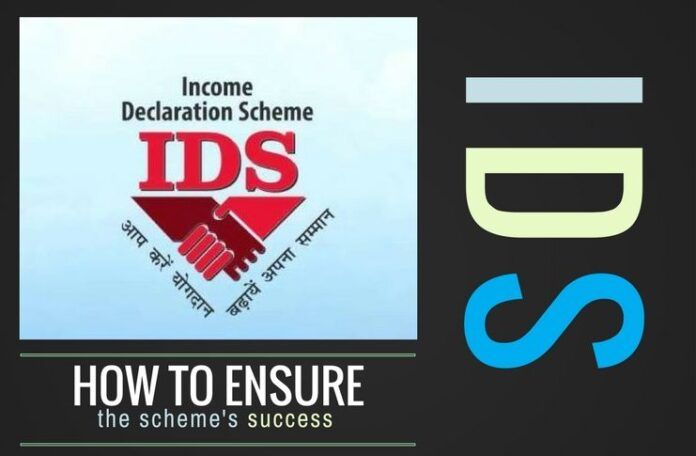
[dropcap color=”#008040″ boxed=”yes” boxed_radius=”8px” class=”” id=””]W[/dropcap]ith less than 10 days for the closure of the Income Declaration Scheme (IDS) which arguably has only received a lacklustre response so far. The principal point that worked against the scheme was high effective tax rate of 45% for all categories of tax evaders converted to payers.
The policy makers should have noted the prevalence of tax slabs for Individuals and HUFs for regular assessments with lower and calibrated rates of 10% and 20% against the maximum marginal rate of 30% and possibly incorporated the same in Income Disclosure Scheme, 2016.
While the Income Tax Department is threatening to carry out Investigation proceeding against large tax evaders by means of Search, Seizure and Survey followed by assessment, appeals and prosecution proceedings such measures are unlikely to be deterrent to small tax evaders who may have evaded 10 lakhs or 25 lakhs of black money and find the present IDS to be unattractive because of the obviously high effective net tax rates. It must also be noted that these tax evaders would have fallen in the lower tax rates bracket in the regular course and not the maximum marginal tax rate.
Therefore, I suggest incorporation of relief slabs for individuals and HUFs in the following manner:
Upto Rs. 20,00,000: 10% + 2.5% Krishi Kalyan Cess in lieu of Penalty. |
Above Rs. 20,00,000 to upto Rs 50,00,000: 20% + 5% Krishi Kalyan Cess in lieu of Penalty. |
Above Rs. 50,00,000: 30% + 7.5% Krishi Kalyan Cess in lieu of Penalty + 7.5% Interest (as at present). |
Interest waiver to smaller assessees declaring upto Rs. 50,00,000 under IDS, 2016.
[dropcap color=”#008040″ boxed=”yes” boxed_radius=”8px” class=”” id=””]I[/dropcap] believe this will make the scheme attractive to small tax evaders to file declarations under the scheme. Also it must be noted that the cost of pursuing investigations in form of searches, seizures and surveys to be followed with assessments, appeals and prosecution in such cases will yield little revenue to the Income Tax Department vis-a-vis the incremental costs.
Assuming 10 lakh declaration for Income level of Rs. 10 lakh translating in an effective tax outgo of Rs. 125000 will net the exchequer Rs. 12,500 crores much more than what is likely to be collected in the present IDS 2016 and also a whopping 1 lakh crores rupees into the formal system in the country.
The available results of the Income Disclosure Scheme must be an eyeopener for the policy making bureaucrats and they must make appropriate amends to make the scheme successful.
In such an eventuality the Scheme may extended only for qualifying individuals and HUFs till 28 February 2017.
- Social Security Payments : Tax or Savings - September 28, 2017
- India Uninc set for a giant leap post Demonetization & GST : A Contrarian opinion - September 3, 2017
- India Myanmar Strategic Economic Cooperation - September 1, 2017









